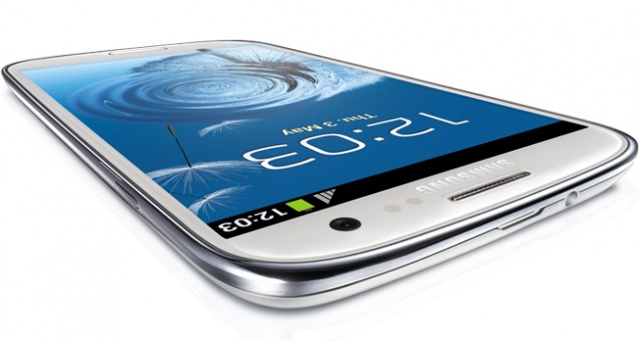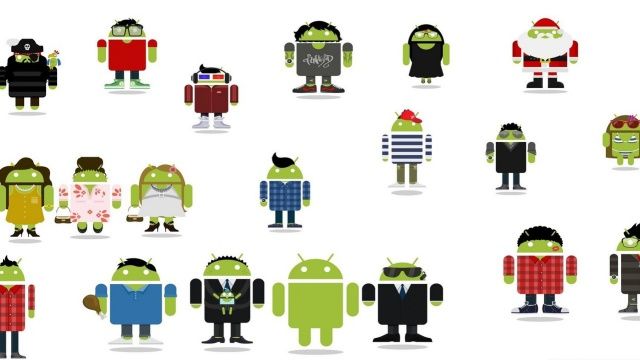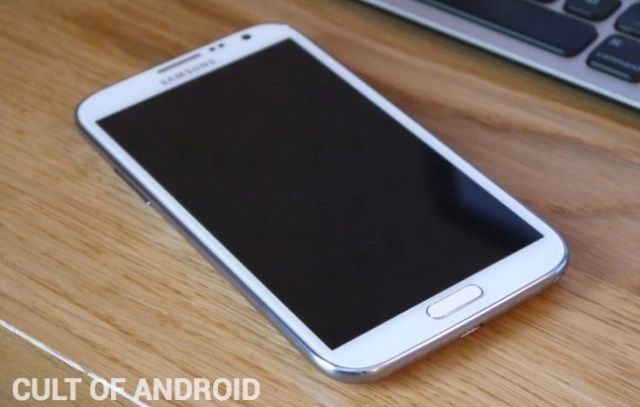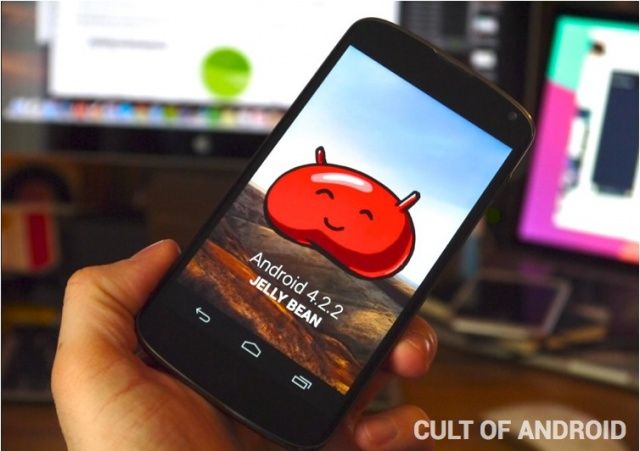
We’re all well aware of how successful Samsung’s Android smartphones have been in recent years, but new research from produce and price comparison website Idealo puts the Korean company’s dominance into perspective.
Over five quarters between Q4 2011 and Q4 2012, Samsung devices accounted for a full 50% of Android smartphone “clicks” on Idealo. What’s more, the company has produced no less than 12 of the top 20 smartphones.







